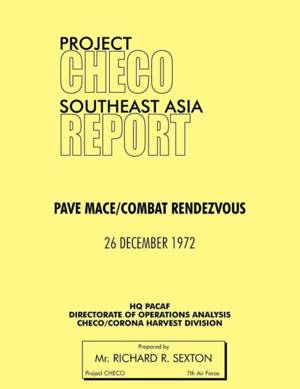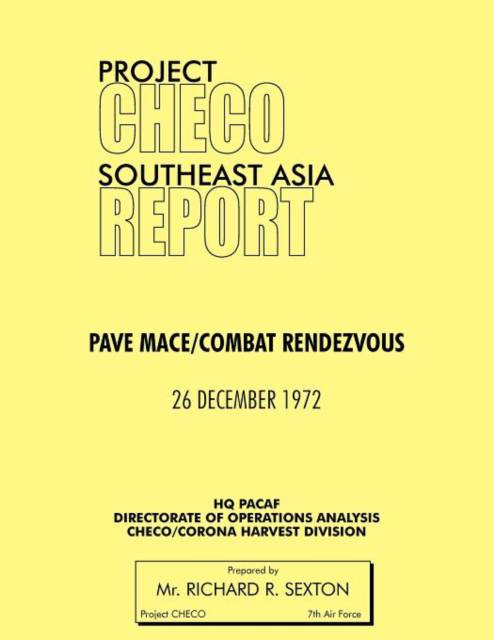
- Afhalen na 1 uur in een winkel met voorraad
- Gratis thuislevering in België vanaf € 30
- Ruim aanbod met 7 miljoen producten
- Afhalen na 1 uur in een winkel met voorraad
- Gratis thuislevering in België vanaf € 30
- Ruim aanbod met 7 miljoen producten
Zoeken
Project Checo Southeast Asia Study
Pave Mace/Combat Rendezvous
Richard R Sexton, Hq Pacaf Project Checo
Paperback | Engels
€ 40,45
+ 80 punten
Omschrijving
High quality reprint of this recently declassified 1972 study. This study documents the conception, birth, death and resurrection of gunship beacon offset firing techniques. Two entirely different systems--Pave Mace and Combat Rendezvous--are discussed. These systems enabled USAF fixed wing gunships to deliver safe, sustained, and effective aerial fire on enemy ground forces in close proximity to friendly forces when both are invisible from the air. The primary purpose of this report is to show from well-documented experience that these systems represent an in-being, revolutionary, all-weather, close air support capability never before achieved. The report also examines the sometimes unconventional, often torturous, and almost always frustrating process by which the USAF developed, tested, introduced, and finally used these systems in combat. In so doing it suggests some obvious lessons which may facilitate more systematic management of future weapons systems. The report also shows how interservice rivalry, roles and missions considerations, and force structure issues impeded and almost prevented the introduction of systems who rapid deployment would have been in the best interest of both services. Hopefully, this experience may suggest how such opposition can be overcome in the future by showing how it was overcome in this instance. The report seeks to provide sufficient technical information about each system to enable the reader to understand how each system operates and to compare their relative merits and shortcomings. In so doing it reveals a number of problems with both systems which have not yet been overcome and discussed possible solutions that have been advanced. Finally, this study shows how each system has saved the lives of friendly ground forces who would otherwise have died had it not been for these systems.
Specificaties
Betrokkenen
- Auteur(s):
- Uitgeverij:
Inhoud
- Aantal bladzijden:
- 176
- Taal:
- Engels
Eigenschappen
- Productcode (EAN):
- 9781780398112
- Verschijningsdatum:
- 17/05/2012
- Uitvoering:
- Paperback
- Formaat:
- Trade paperback (VS)
- Afmetingen:
- 216 mm x 279 mm
- Gewicht:
- 421 g

Alleen bij Standaard Boekhandel
+ 80 punten op je klantenkaart van Standaard Boekhandel
Beoordelingen
We publiceren alleen reviews die voldoen aan de voorwaarden voor reviews. Bekijk onze voorwaarden voor reviews.











